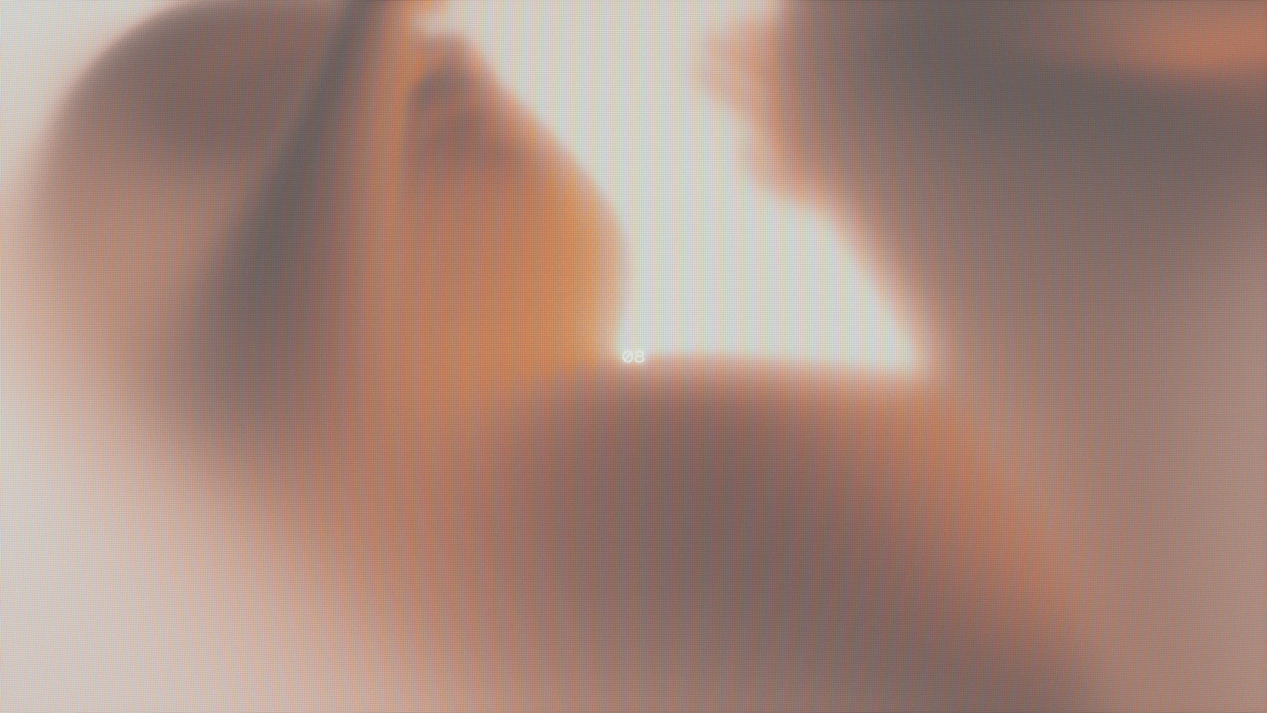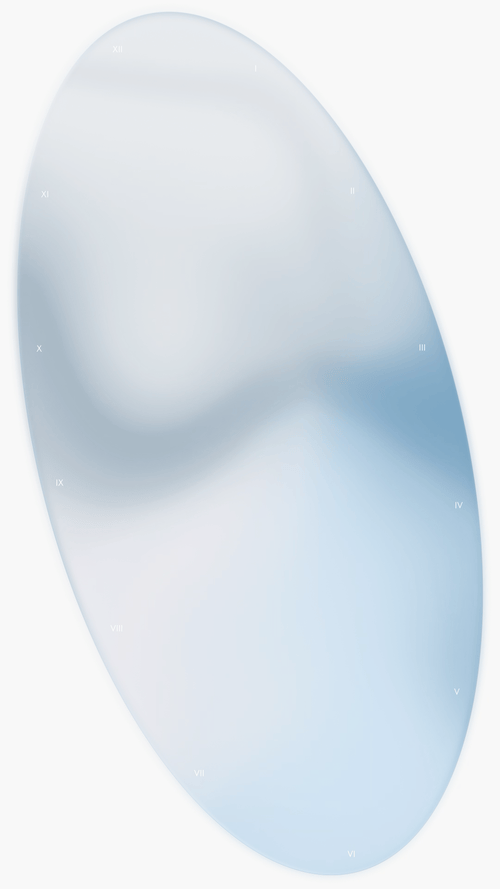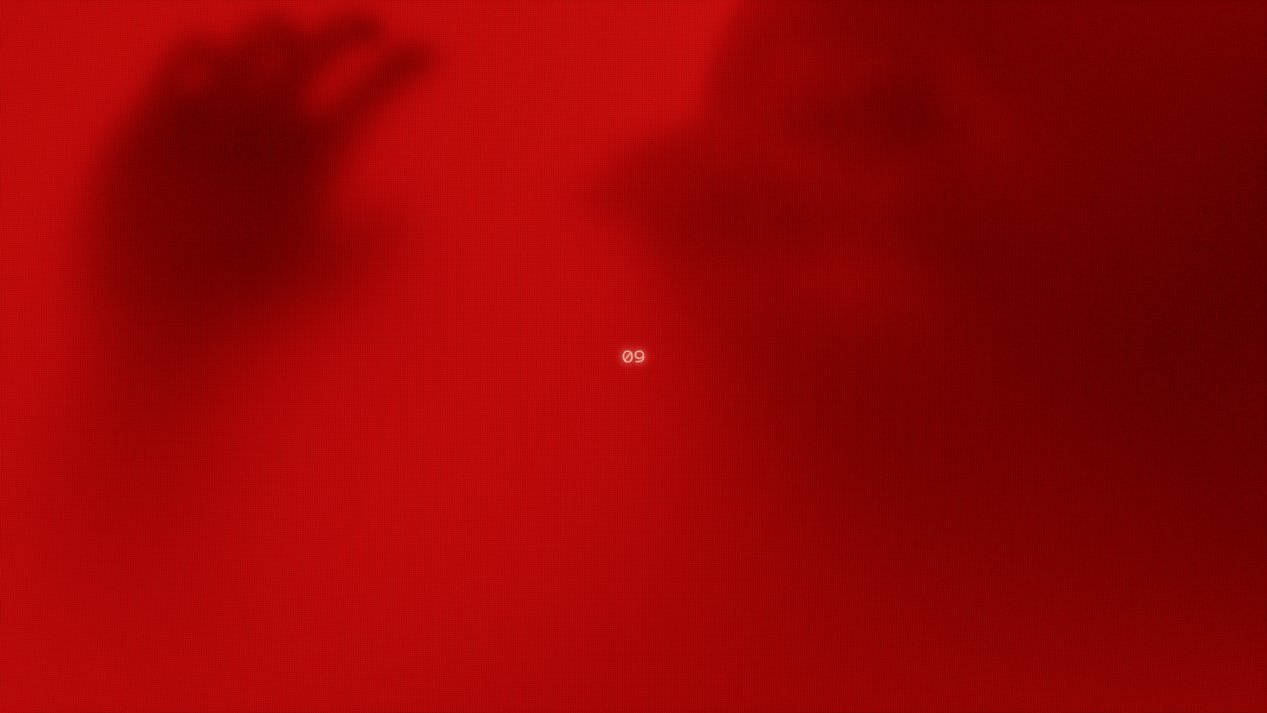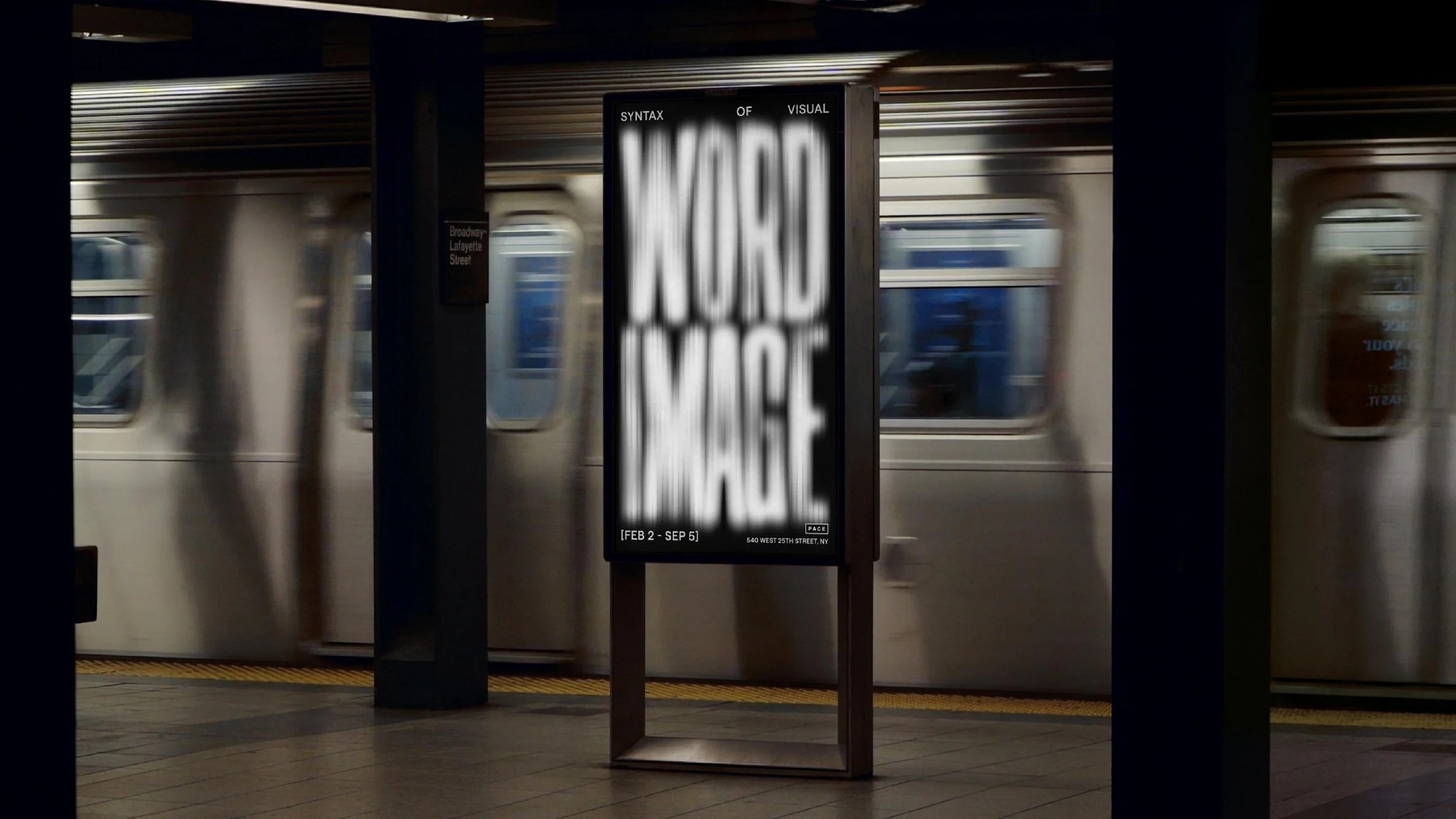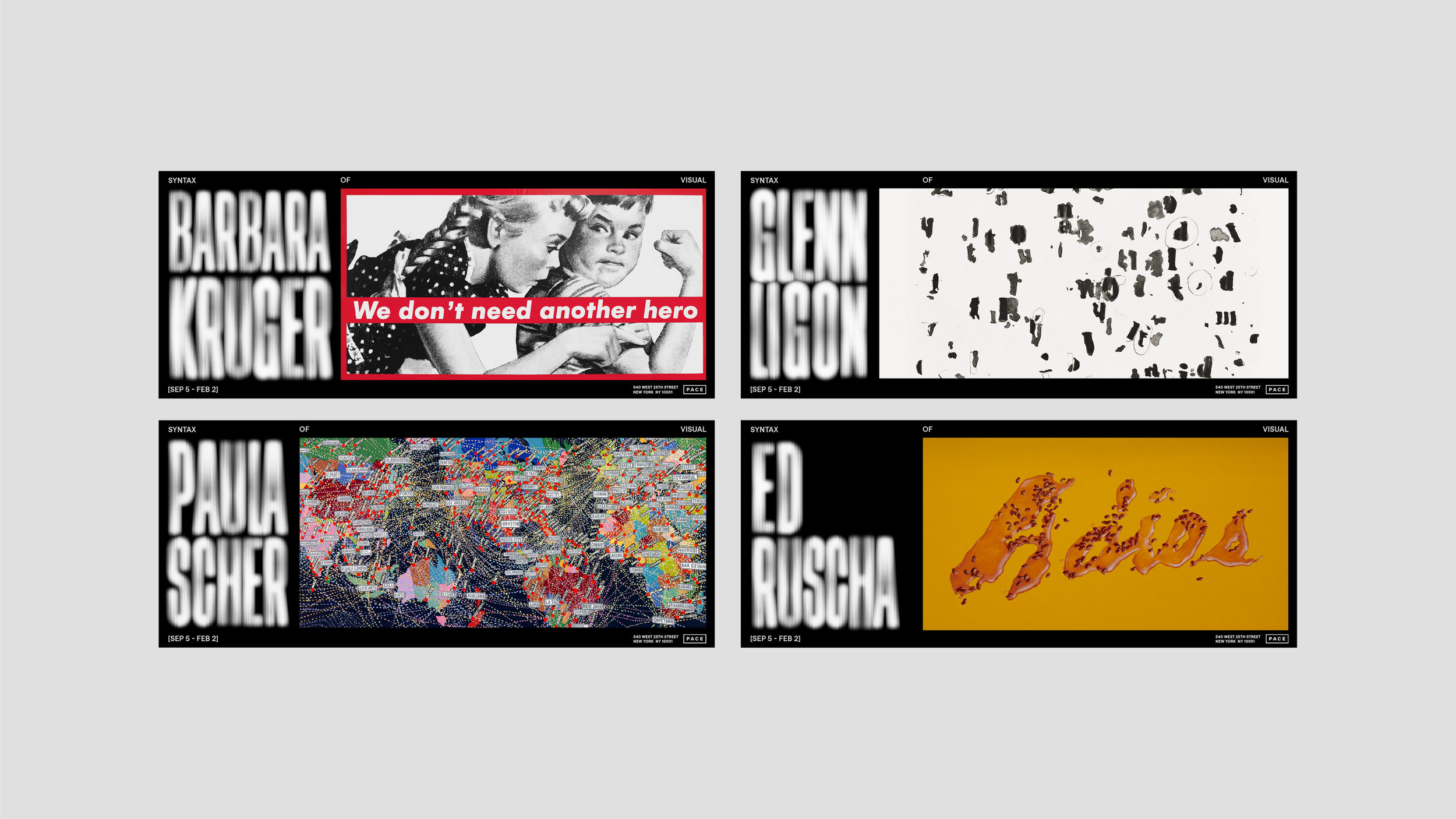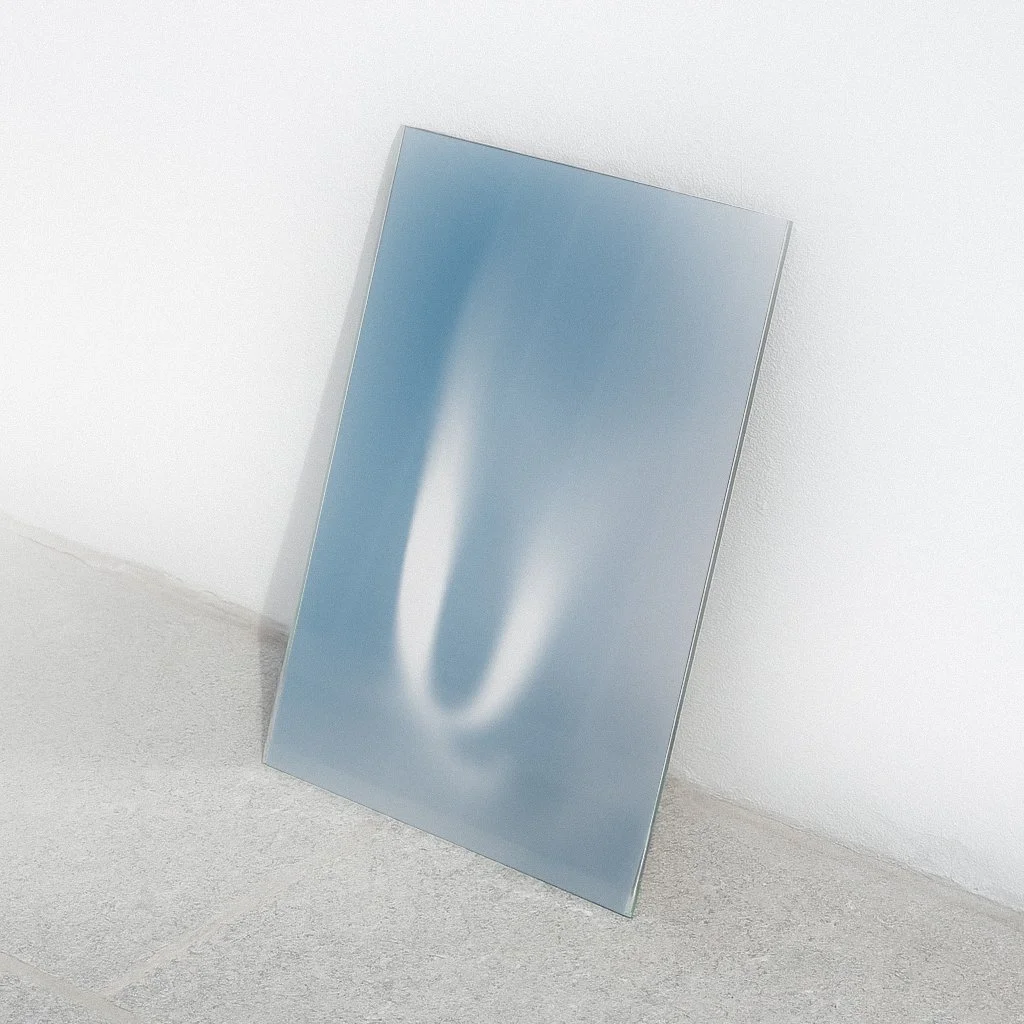Design as Choreography: Junrong (Arving) Wu on Sound, Rhythm, and Emotion
By Cansu Waldron
Junrong (Arving) Wu is an award-winning multidisciplinary visual designer based in New York City. His practice spans motion graphics, branding, and art direction, merging conceptual storytelling with sleek visual precision. A Gold Winner at the London Design Awards and recipient of the DNA Paris Design Award, Junrong currently works with DE-YAN NYC, where he contributes to high-profile branding and experiential media projects. His work often bridges the physical and digital, transforming memory, perception, and cultural identity into immersive visual experiences.
Blending a designer’s rigor with an artist’s curiosity, Junrong approaches each project as an exploration of movement and emotion. He’s inspired by novelty; new songs, films, or fleeting moments that shift perspective, and uses design to translate those sensations into meditative, multi-sensory works.
We asked Junrong about his creative process, inspirations, and how he brings storytelling to life through motion and design.
Embryo
Can you tell us about your background as a digital artist? How did you get started in this field?
I’m Junrong (Arving) Wu, a multidisciplinary visual designer based in New York, currently working with DE-YAN NYC as a motion graphic designer. My background spans visual storytelling, branding, motion graphics, and art direction, with a focus on concept-driven work across media and experiential campaigns.
My journey began early. As a child I loved painting, handcrafting, and making DIY objects. I was always drawn to the idea of making the invisible visible, translating imagination into form. That instinct never left me, and design naturally became my language of expression. I enjoy telling stories through visuals, using design as a bridge to connect with others and communicate with the world around me. It allows me to express emotion, memory, and perspective by shaping them into visual experiences.
Alongside graphic design, I also became fascinated by motion. Sometimes I looked at still graphics, I imagined how they might move, breathe, or transform. That curiosity drove me to learn the techniques that could bring those movements to life. This exploration opened the door to motion graphics, where I discovered my passion for creating show graphics and motion branding.
Skypill
What inspires your art? Are there any particular themes or subjects that you enjoy exploring through your artwork?
I’m most inspired by fresh, new experiences, like moments that bring novelty, surprise, or a shift in perspective. I love trying new things and exploring what the world is up to, not only within design but far beyond it. Discovering something unexpected, or even embracing small changes, often sparks emotions that remind me inspiration is woven into everyday life. A new song, a newmovie, or even a new fashion trend can become a source of inspiration that fuels my curiosity and creativity.
Sometimes it’s not just the excitement of discovery, but also how I grow and stay engaged as an artist. New experiences open up different angles on life, shaping how I see, feel, and ultimately create.
In my personal work, I’m drawn to exploring how design, especially multi-sensory experiences, can connect people with memory, activate emotion, and spark imagination. Many of my projects explore themes of tranquility and reflection, creating visual experiences that feel meditative and immersive. My goal is always to go beyond what is simply seen, to create work that resonates emotionally and leaves a lasting impression.
Embryo
Embryo
You’ve won multiple awards internationally — what’s one project you feel most proud of, and why?
One project I’m most proud of is Syntax of Visual, my award-winning motion experiment exploring how typography dissolves into graphic forms. The concept was to create a “whisper” between words and images — a visual rhythm that conveys meaning beyond text.
What I loved most was the experimentation process. I disrupted traditional typography by exploring how letterforms could dissolve into abstract graphic forms to embody the idea of a “whisper.” Through this process, I discovered new ways of thinking about language, movement, visual composition, and emotional resonance. It challenged me to push beyond conventional boundaries and embrace ambiguity as a design tool.
The project also gave me the opportunity to explore and learn new techniques, helping me find the most effective and nuanced way to communicate its core idea. That kind of discovery is only possible when experimentation leads the process — and for me, that journey was not only creatively fulfilling but also incredibly exciting.
Syntax of Visual
Syntax of Visual
Syntax of Visual
Working at DE-YAN NYC means collaborating on high-profile, experiential campaigns. What’s the most surprising challenge of designing for large-scale, immersive environments?
It’s definitely challenging to design for large-scale screens, especially when working with unusual formats or unconventional shapes. Adapting the same motion design from a standard rectangular screen to irregular configurations pushes you to rethink composition and flow. It’s difficult, but also one of the most exciting parts of the process.
Another important challenge is considering how the audience will actually feel in the space. On big screens, pacing, rhythm, speed, and movement need to be handled thoughtfully. What feels energetic on a monitor can feel overwhelming, or even disorienting, at scale.
And with immersive campaigns, it often goes beyond a single screen. Sometimes you’re working with multiple screens or surfaces simultaneously, which means thinking about how they interact and complement one another to create a cohesive, multi-sensory experience. It’s a completely different mindset compared to working only on your computer screen, and that makes it both complex and rewarding.
When you think of “multi-sensory design,” what senses do you most enjoy engaging beyond the visual?
Sound. I see visuals and sound as complementary, each enhancing the other. Visuals can trigger imagined sounds in your head, onomatopoeia as an example, even without any audio present. At the same time, sound is a fascinating medium in itself: it can shape how we perceive space, trigger memories, and spark imagination. Even silence is a kind of sound, leaving space for the mind to fill in what it “hears” internally. Rhythm, subtle audio textures, or even silence can completely transform how a visual is experienced.
With both visuals and sound engaged, I think of design as choreography — an interplay between movement and music that shapes an emotional atmosphere. It becomes a multi-sensory experience that lingers with the audience long after the moment has passed, living on as a distinct memory or feeling.
Sky
Your designs often feel rhythmic — do you think about music or movement when creating?
Yes, very much so. I always listen to music while creating, and I enjoy searching for tracks that match the mood or energy of the piece I’m working on. Even if the final design has no audio, I approach it as if it carries its own score. Music helps me feel the flow of movement, understand its personality, and explore the best way to present it.
This practice gives my work a sense of breath, vitality, and emotional presence that goes beyond timing and pacing. I think rhythm is what makes design feel alive; it transforms static visuals into something that moves with intention and resonance.


